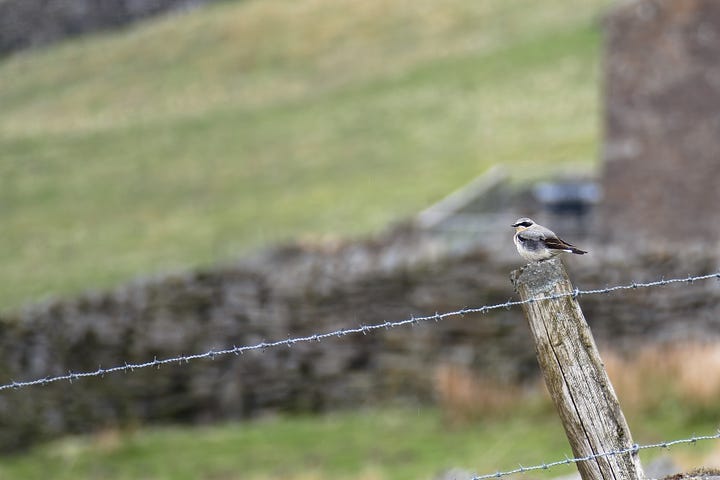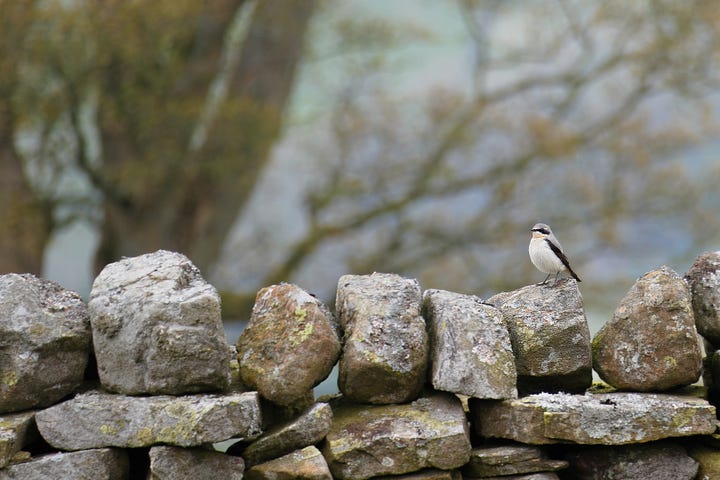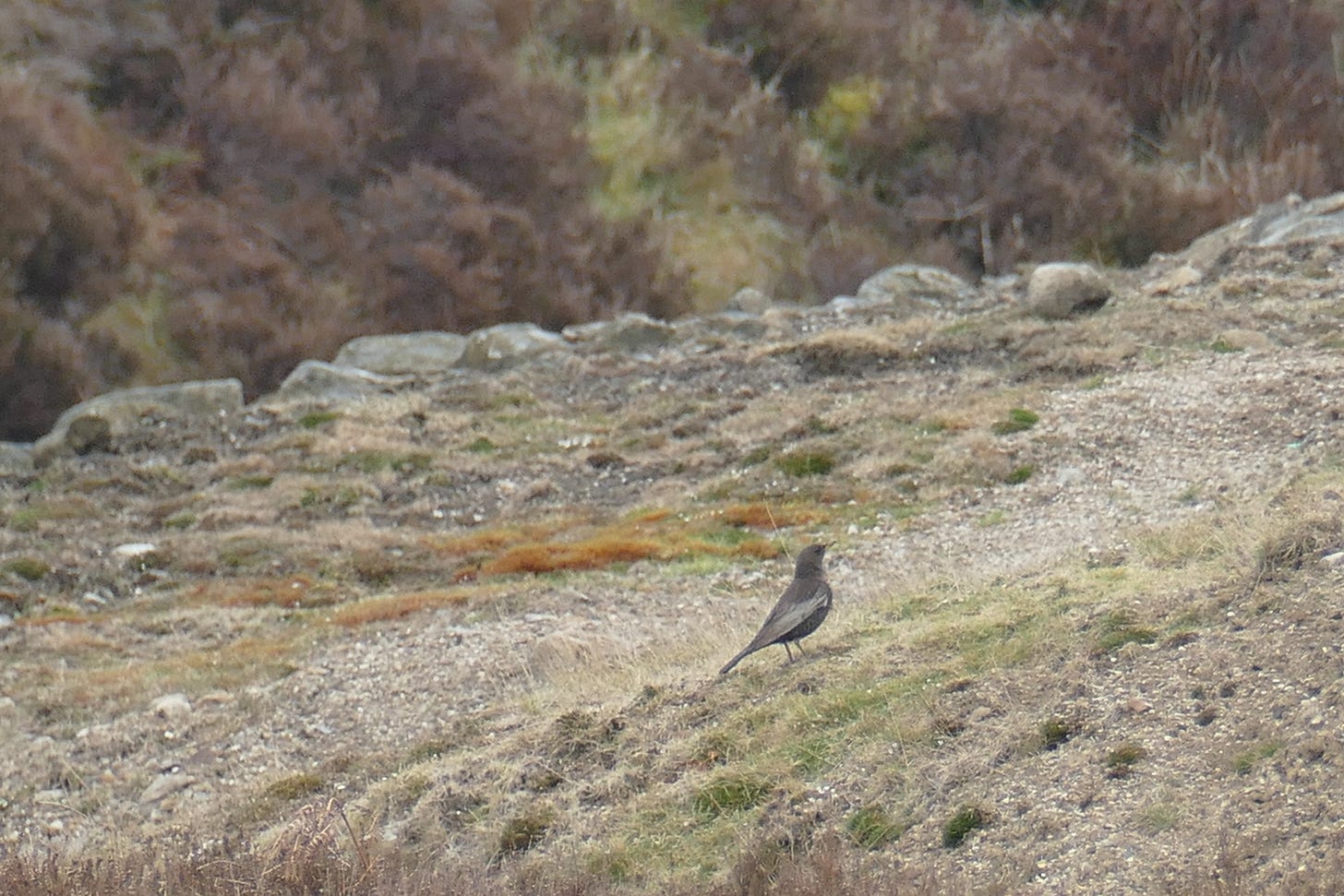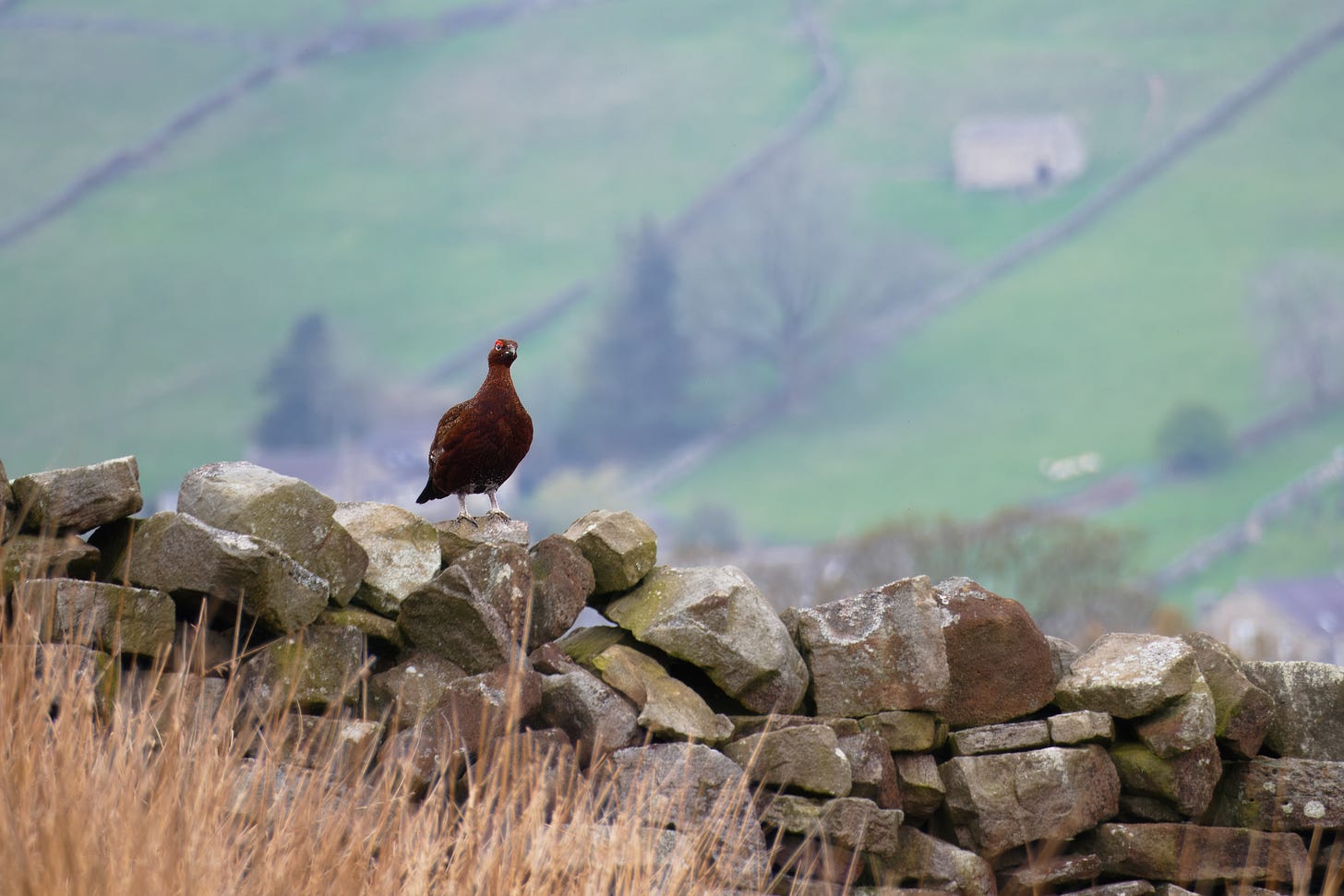We crawled up another dale of the extensive Yorkshire Dales, gratified and grateful to Mother Nature for our great experiences with the Black Grouse, Eurasian Woodcock, and the bountiful upland-breeding waders (see the last article).
It was now edging towards midday, and we were on the way to an iconic spot of the Dales: Aysgarth Falls! Consisting of three large, scenic waterfalls situated on the idyllic River Ure, these natural beauties were most certainly on our wish list. Sure, the site, run and managed by the National Trust, isn’t particularly famous for birds or other wildlife, but, still, as I said earlier, it is a pleasant spot.
Of course, we didn’t completely forget birdwatching, so, en route to Aysgarth Falls, we stopped at a small bridge, beautifully placed over a calm moorland stream. We all piled out of the car, one by one, and got our gear ready: tripods, cameras, binoculars, spotting scopes and many other little accessories I, quite frankly, cannot be bothered to list.
I know what you might be thinking, what was our mad intention of birding by a bridge, but as always there is method in our madness. All of us, faces marked with anticipation scanning the river shoreline with sharp, narrowed eyes, were searching for a bird our life lists were all sorely in need of. We creeped along the river, when, suddenly, a small greyish bird popped up onto a fence post. We all took up our binoculars to identify the passerine, which revealed to be a most striking and stunning male Northern Wheatear.
This rather dumpy little job, one of my favourite birds, looked almost too tropical to be in such a hardcore, barren landscape, but as we know, members of the wheatear family thrive in these conditions, for example the Greenland subspecies of the Northern Wheatear, which breeds in the snowy, desolate areas of its namesake, Greenland, and let’s not dwell on the even more hardy Desert Wheatear.
This bird, a Year bird of mine, gave us good looks for around two minutes, and then nestled itself back into the short heather, obscured from view. Satisfied by the tick, we almost forgot our purpose of standing by an upland stream in the middle of the Yorkshire Dales, far away from any civilisation. We continued our search for our target, refreshed by the wheatear.
After around five minutes (it seems like thirty seconds now), something in the corner of my eye caught my attention; a thin, medium-sized thrush, bearing a strong resemblance to a Eurasian Blackbird. Could this be our target? What we were here for? YES, it was!
Bobbing by the stream, only around 20 metres away from us, was one of the rarest regularly occurring thrushes in the UK: the Ring Ouzel! It was a female, sporting a smart white bib across its breast, contrasted by its dark brownish plumage, looking like a Blackbird in formal clothing. Although it was too skittish and far away from us to make it a good photo subject, we managed to procure photographic evidence of its presence.
As you can see in the photo above, the Ring Ouzel wasn’t inclined to come closer or show off its white, vicar-like collar, but still, it was a lifer, and I was very, very, very thankful to see it. Having bagged this bird (not literally, of course), we moved on, feeling on top of the world, which was an appropriate, being on the summit of a Dale.
After what seemed like ten minutes, we were already stopping to see another bird again! I was testing my driving limits, revving, with little success up an unusually steep hill, and on an annoyingly narrow road, when I notice a great composition by the right side of my car.
A Red Grouse, small but stately, had plonked itself on a stone wall, and in the background, characteristically pastured fields, a stereotypical grouse photo. I stopped the car, praying for it not to start rolling down the hill, and pointed it out to my friends, who were eager to get the shot.
As we sat there, viewing this lovely little gamebird, listening to the strange, otherworldly ‘k-k-k-kbek-kbek-kbek’ its counterparts wailed in the moors, I contemplated the true worth of this bird to the rest of the world. To birders and wildlife photographers, we view it as a splendid thing, and Britain’s only endemic bird species, but to others its just a brand of cheap whisky or a good target for their shotgun…quite a sobering thought.
From then on, there was little to accompany us except a passing Merlin and a host of other male Northern Wheatears.


We arrived at Aysgarth Falls, only to realise it should’ve been called Dipper Falls. Literally, there were White-throated Dippers everywhere! The video below represents the amount of this species at Aysgarth.
The others might have been joyous in this sighting, but I had mixed feelings. A week ago, I had driven all the way to the Peak District to try and find one of these localised stream-dwellers (see Dip and Dipper), which was a success, but here were around five just milling around at a casual stop of ours.
Altogether, this birding trip is possibly on of my most enjoyable and successful ever! The Yorkshire Dales, famous for the globally known books ‘James Herriot’, following the life of a Yorkshire vet, should also be as famous for the array of scarce British avifauna which one could find in this seemingly hard landscape. I view the Yorkshire Dales as one of the best spots for birding, but that’s a whole other article worth of material!
Thanks for reading!








I hope you get to see one someday. I agree, great personality and fun. To watch.
Our dippers are completely black, but I love watching them! We don't have the other birds here in my area of the US, so it is fun to see what you found!